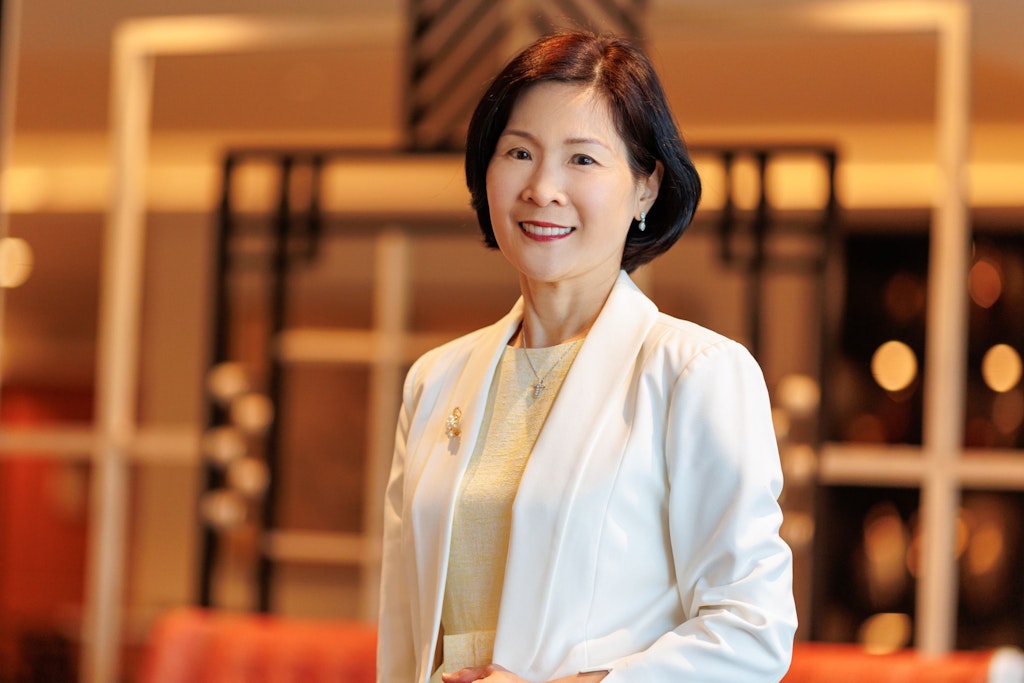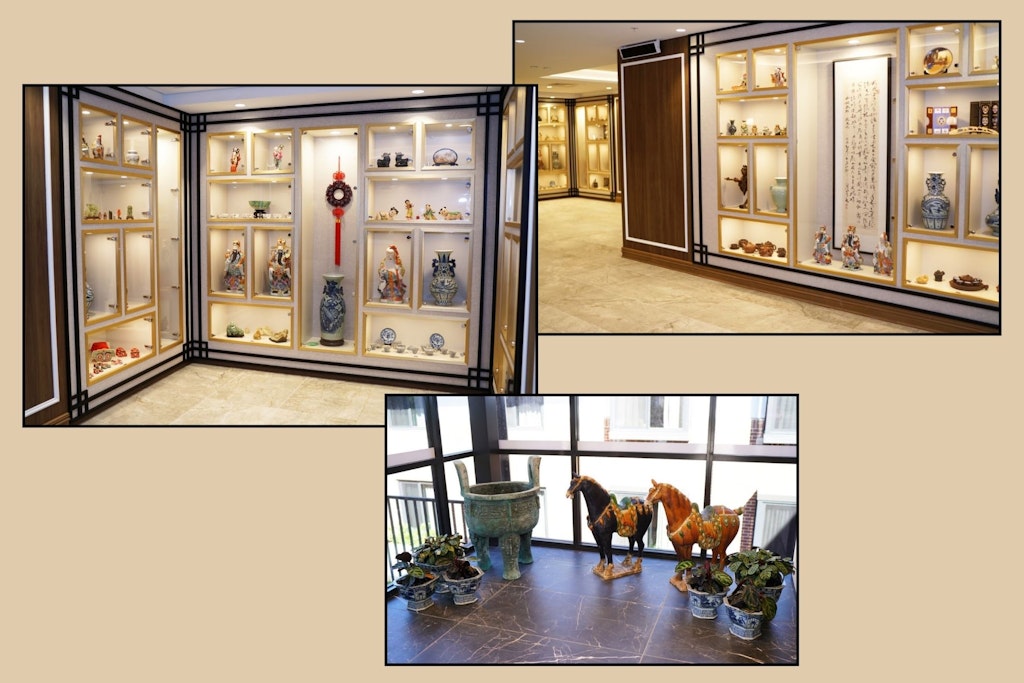Using decor to create a home away from home
Last updated on 10 April 2024

Ada Cheng, CEO of the Australian Nursing Home Foundation (ANHF), is a strong advocate for culturally and linguistically diverse care for older people. The Huang Ying Jung Nursing Home at Gordon is one of four homes under the ANHF umbrella which focuses on culturally specific care tailored towards older people from Asian and Chinese backgrounds.
As the number of older Australians from various ethnicities and cultural backgrounds continues to rise, the need for culturally aware aged care homes becomes paramount. Providing older people with culturally sensitive and inclusive care is essential for ensuring their well-being, maintaining dignity, and enhancing their overall quality of life.
“When we designed the new Huang Ying Jung Nursing Home at Gordon, we thought about how we [could] decorate the home to make it culturally fit for residents,” says Ada Cheng.
“The physical environment had to be humanistic and ergonomic for older people and care workers but we also wanted it to be homely but suitable for workers to deliver care effectively.”
To make a home look beautiful you not only have to think about the architectural and building aspects of the space, but also about the intent behind the decor. Including intricate details like paintings, artefacts and ornaments brings out the charm in the place; it almost feels like you get an insight into the lives of those people behind the creation of the space too, fostering a sense of belonging.
The Huang Ying Jung Nursing Home conducted a very successful campaign soon after it was launched in 2023 called ‘Dressing up our new home with love and kindness’. This initiative encouraged people in the community to bring in beautiful ornaments and art pieces to decorate the home that fit the eras older people are familiar with for all to enjoy.
Ada explains as a result of this campaign, “Everyone who walks in can feel there’s something unique and special about this home – you can feel a sense of camaraderie, a feeling of friendliness, love and goodwill from the community. The kind donations of so many residents are what has helped build this award-winning home.”
In May 2023, ANHF’s Huang Ying Jung Nursing Home won the Best Interior Design of The Year award at the 12th Eldercare Innovation Awards held at the World Ageing Festival in Singapore. It also was a finalist for the Care Suite of The Year and Dining Space of The Year awards. In October, the home also won gold in the Better Future Sydney Design Awards 2023.
“These awards recognised the humanistic uniqueness of the home’s design and decorations.”
Ada says if mainstream nursing homes do their due diligence and look around their communities, they will most certainly identify a high percentage of culturally and linguistically diverse (CALD) people in the area.
“Community members of these cultural groups not only can be your potential customers or care workers, they can [also] be encouraged to bring in items to share with older people of similar cultural background or they can help the home organise cultural activities or events for everyone to enjoy.”

Aged care providers should also take the religious beliefs and practices of residents into account by providing spaces for prayer, facilitating access to religious leaders, and accommodating dietary requirements in accordance with religious customs.
Ada says their team at Gordon made a conscious effort to acknowledge these differences and have designed a small corner that acknowledges Buddhism, Christianity or Catholicism to stimulate residents’ cultural and spiritual observance.
Key points to approach diversity and cohabitation
Look at different demographic profiles
Some suburbs in particular may have huge groups of culturally diverse residents. Providers can then use this to their and the resident’s advantage by creating a cluster within the home that can help care for older people from those CALD backgrounds.
Linguistic and Dietary Requirements
Work towards employing bilingual staff that speak the language and consult the community about food habits, activities and cultural celebrations that are important to those people.
Cross-cultural training
Provide cross-cultural training and set up policies and procedures to ensure frontline staff and management are culturally competent in delivering care. It is paramount that everyone can learn and honour the different cultures of those they work with.
Planning celebrations
Instead of always organising birthday parties, management can help organise different cultural events that offer variety and enjoyment. This also helps the staff feel purposeful rather than just focusing on the chores of caring.
“I always saw a lot of synergy and beauty in these projects because they were about respect, understanding and seeing a resident as an individual by connecting them back to their lived experiences,” Ada says.
“We believe a person’s cultural background and lived experience have a great impact on a person’s lifestyle and care needs and culturally appropriate care plays a pivotal role in enhancing the quality of life. If we integrate a lot of cultural elements into care, it can really make a big difference.”
Bridging social gaps between residents, their families, and the care team can help navigate cultural differences and ensure that the care provided aligns with the residents’ cultural expectations.
Ada explains, “Carers commented that they felt respected because they felt being part of a big family. They said they’re so blessed that while they migrated here, they can share the same experiences with their clients of the same background. They appreciate a provider acknowledging the uniqueness and culture of residents and staff.”
Looking to the future, ANHF is looking at building a brand where their homes offer more than just care for older family members. They are extremely focused on bridging aged care with innovation to create exciting new experiences no matter what stage of life you are at.